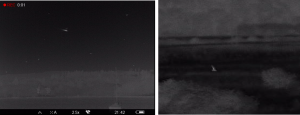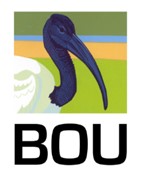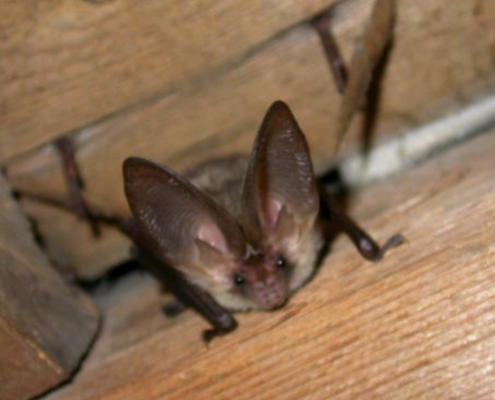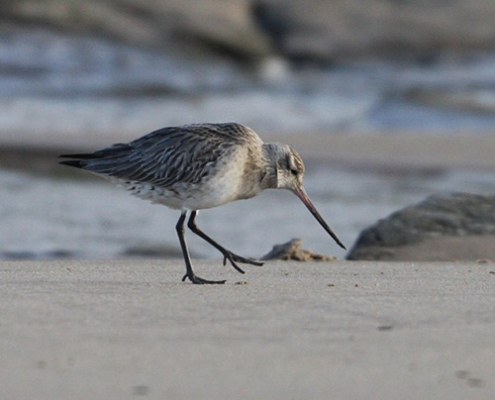Blog Elements
You can display blog posts in various ways with the “Blog Post” element/shortcode. You can see one example here and even more at the blog main menu item of this demo.
Recent years have seen a rapid rise in the use of technological equipment within the field of ecology. From high-tech drones, to the humble bat detector, ecologists are increasingly using technology to aid with data collection during surveys.
Most technology used in ecological surveys relies on sensing physical aspects of the environment. Sensors convert physical magnitudes such as heat, sound, and motion into interpretable electric signals (Figure 1). Analysis of these signals can have various applications, including detecting animals during darkness/low visibility, mapping vegetation and landscape features, detecting rare/elusive species, and understanding animals’ behaviour. At E3, we use a wide suite of technology to aid with data collection; infrared and thermal cameras for bird surveys and bat emergence and transect surveys, drones for habitat mapping, Anabats for recording bat calls, and camera traps for detecting elusive protected species such as the European otter. Some examples of surveys where we have successfully used such technology are provided below.

Figure 1 Examples of technology used in ecological surveys. Graphic produced using CCO Adobe Spark Clipart
Thermal camera: Using thermal cameras on transect surveys we have detected protected species such as bats, badgers, nightjar and barn owl.

Figure 2 Bats foraging above a lake (left), and a barn owl foraging over some fields (right)

British Ornithologists’ Union Records Committee
birds
Bats In Winter
News
